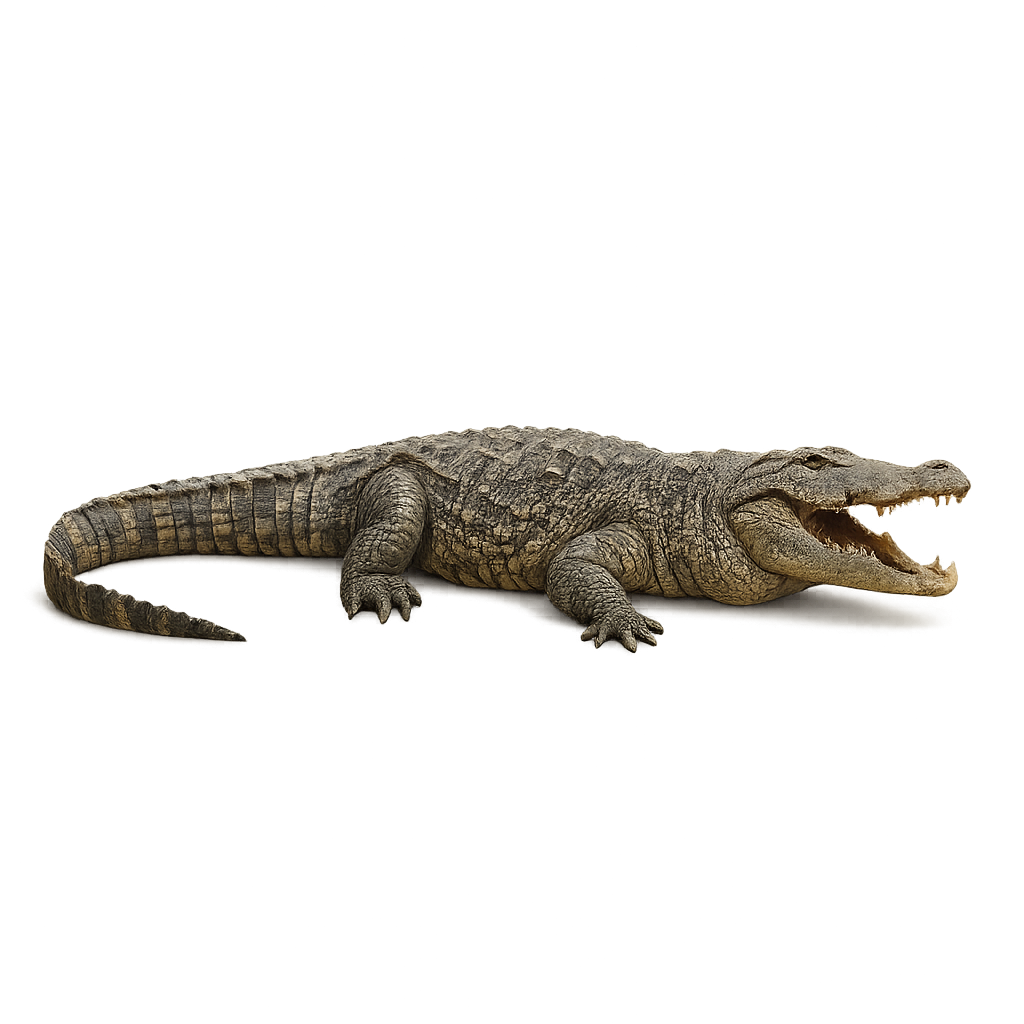Observe and photograph a species in its natural habitat
Learn where and when to observe a species in the wild, how to recognize it in the field, and what habitats it lives in. Get photography tips adapted to its behavior and capture stunning images without disturbing the animal. For full details, open the complete profile in the WildlifePhotographer app.
Nile crocodile
Scientific name: Crocodylus niloticus

IUCN Status: Least Concern
Family: CROCODILIDAE
Group: Reptiles
Shyness: Very shy
Safe distance: 10 m
Breeding season / Courtship: 01.01-31.12
Gestation: 70 à 80 jours
Births: 31.12-10.01
Habitat:
Freshwater rivers, lakes, swamps, wetland areas
Description:
The Nile Crocodile is one of the most formidable and largest species of crocodiles, capable of reaching up to 5 meters in length. It primarily lives in rivers, lakes, and swamps in Africa and is an opportunistic predator, mainly hunting fish, birds, and mammals that approach the shores. This crocodile is also known for its territorial behavior, with males often dominating large aquatic areas. Its powerful body and rough skin allow it to blend into its environment, facilitating its stealthy hunting strategy. While primarily aquatic, the Nile Crocodile sometimes ventures onto land to bask in the sun.
Recommended lens:
>=400 mm
Photography tips:
Photograph the Nile Crocodile from a distance using a telephoto lens, especially when it is basking in the sun or hunting near the shore. Use soft lighting to capture the textures of its rough skin and the details of its powerful body. Be patient, as this reptile may remain immobile for long periods. Do not approach too closely, as crocodiles can be aggressive if threatened, especially when in their territorial zone.
Ready to take action?
Choose your platform and start your free trial today



